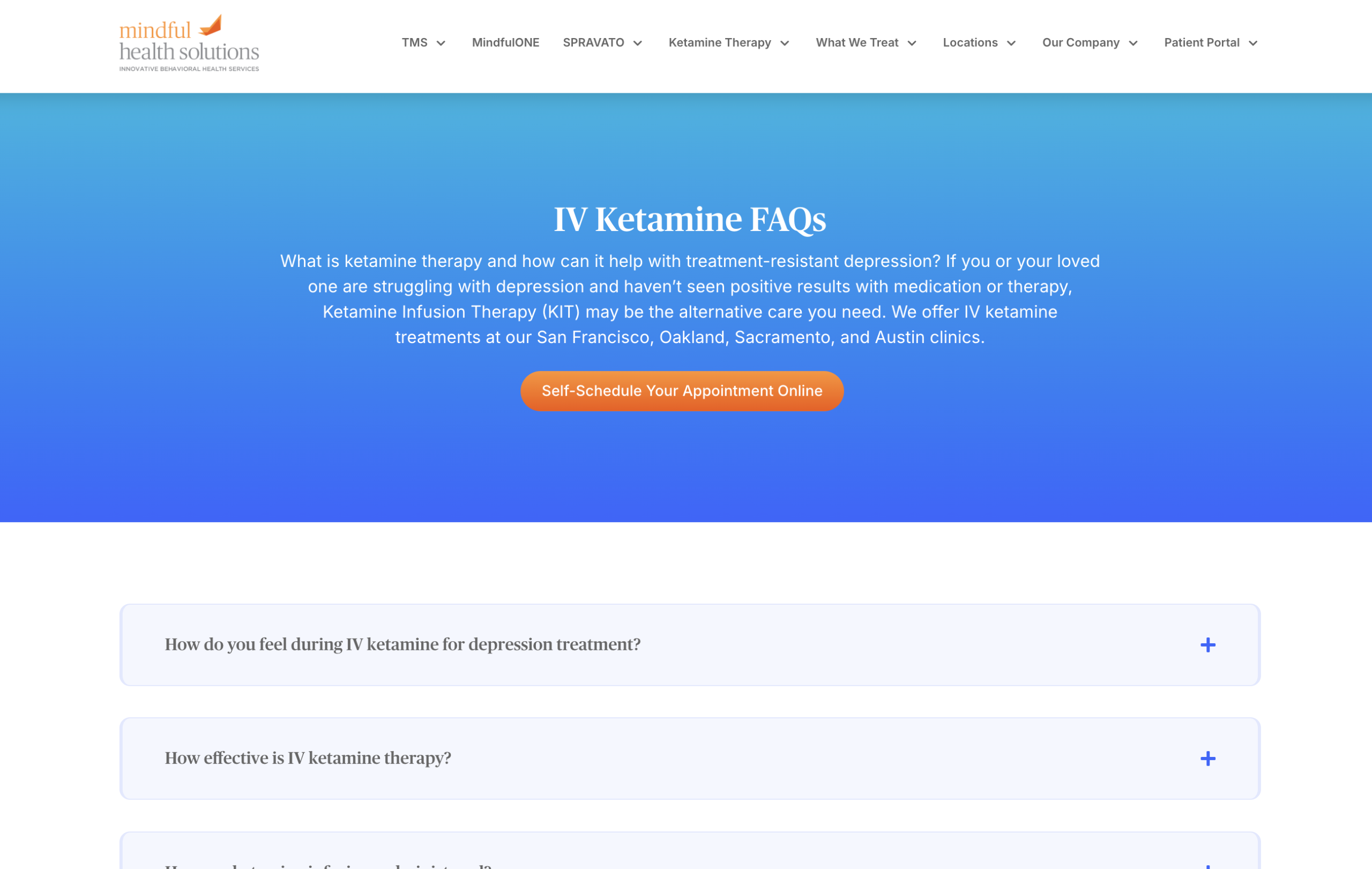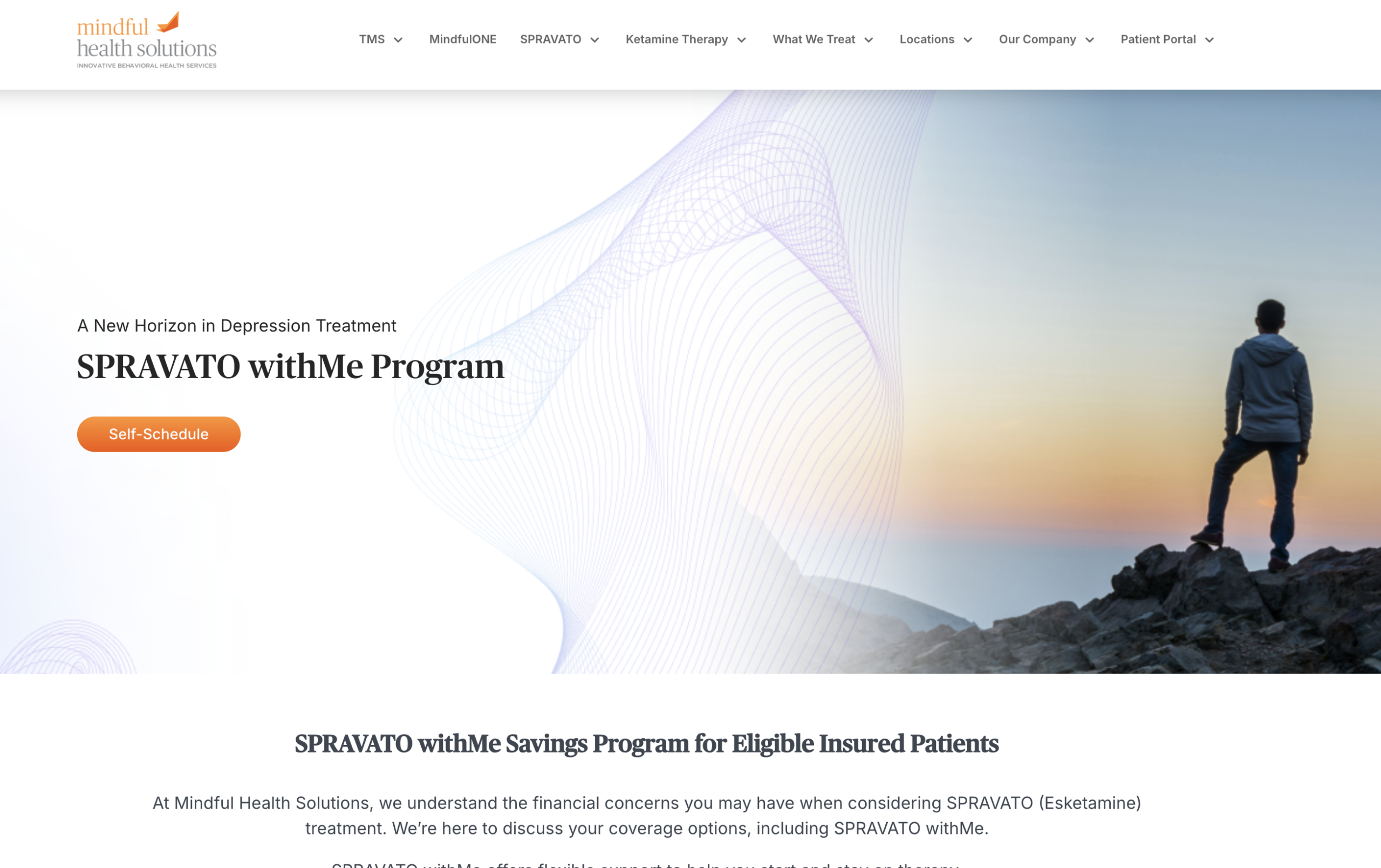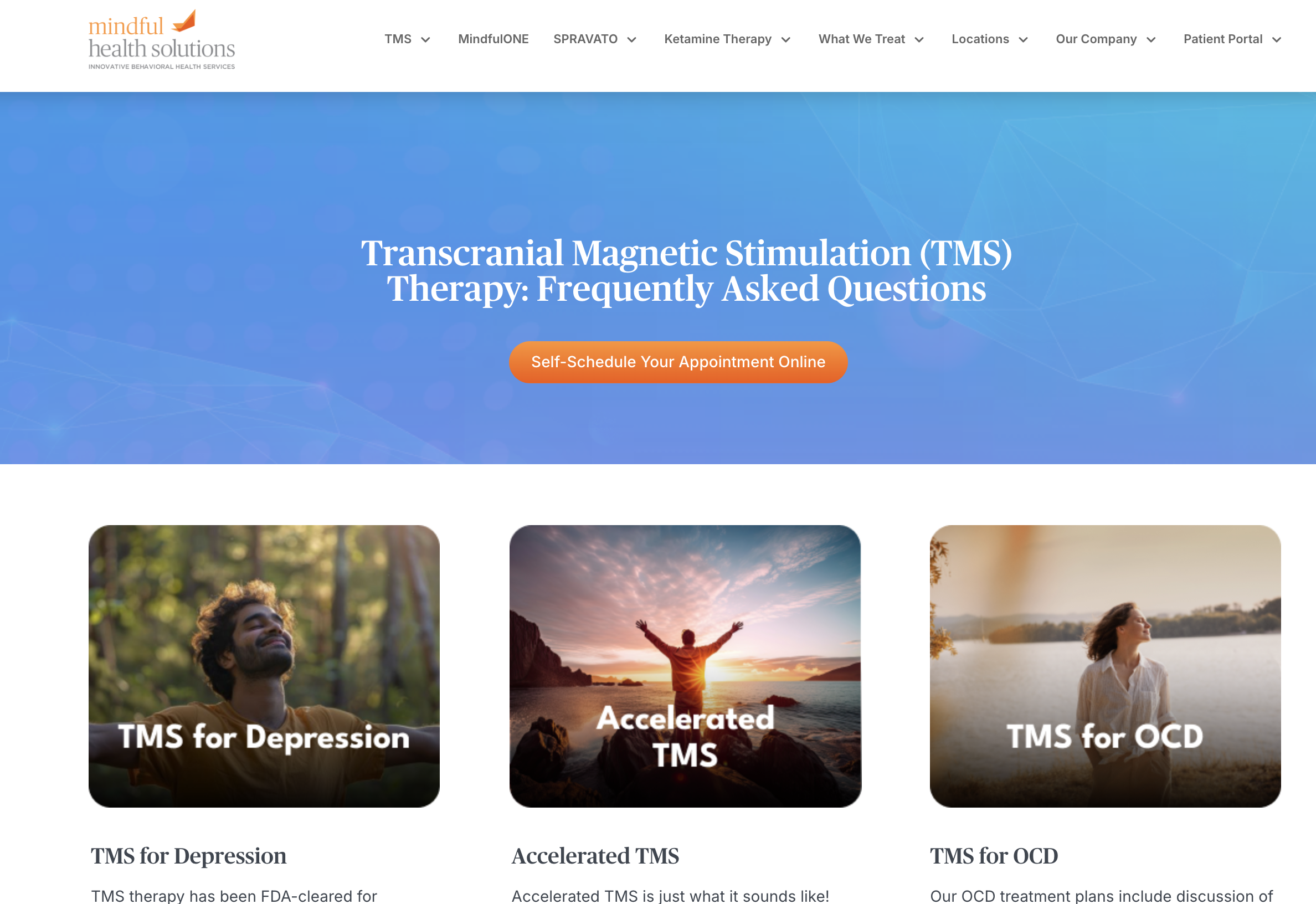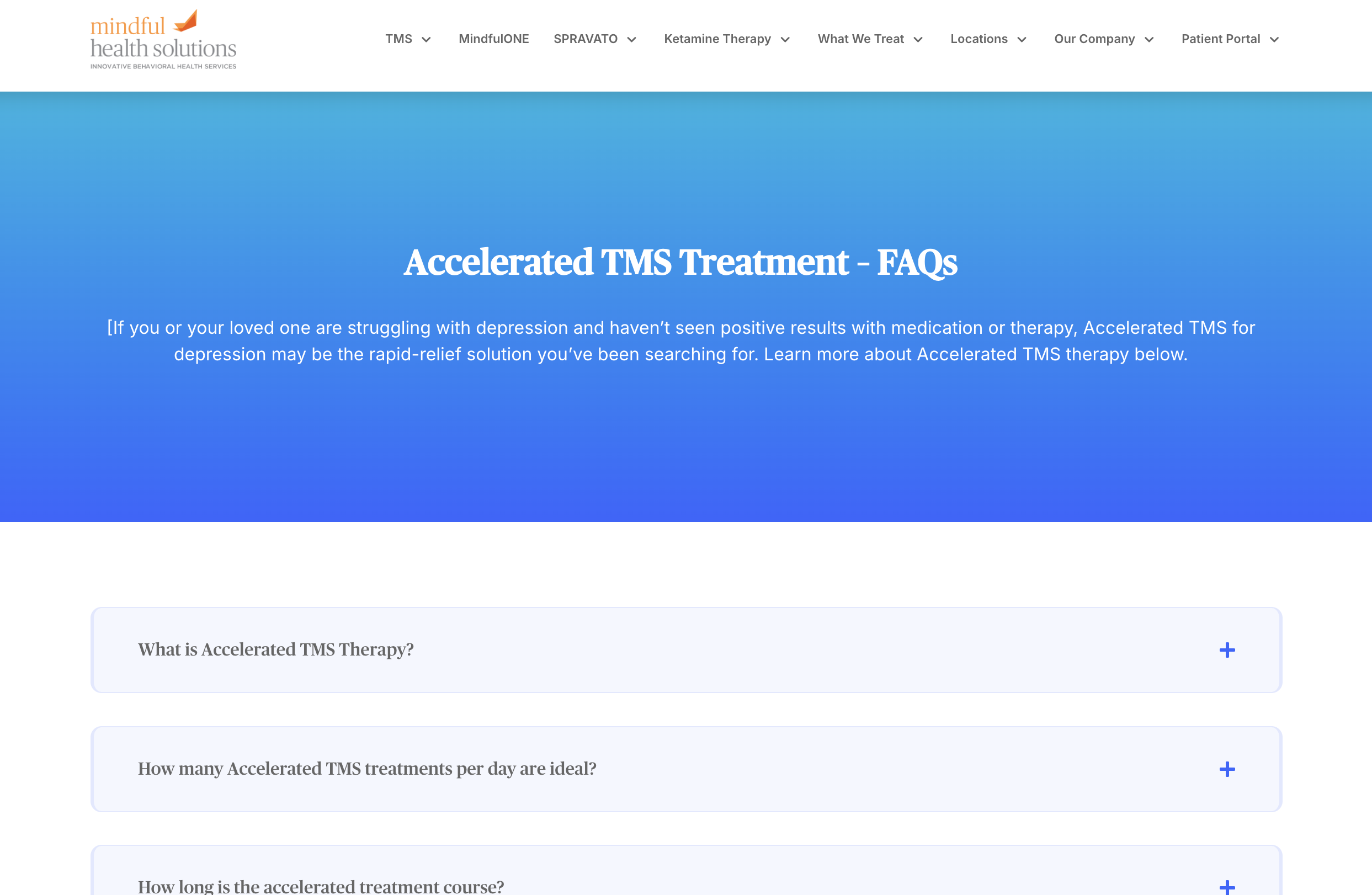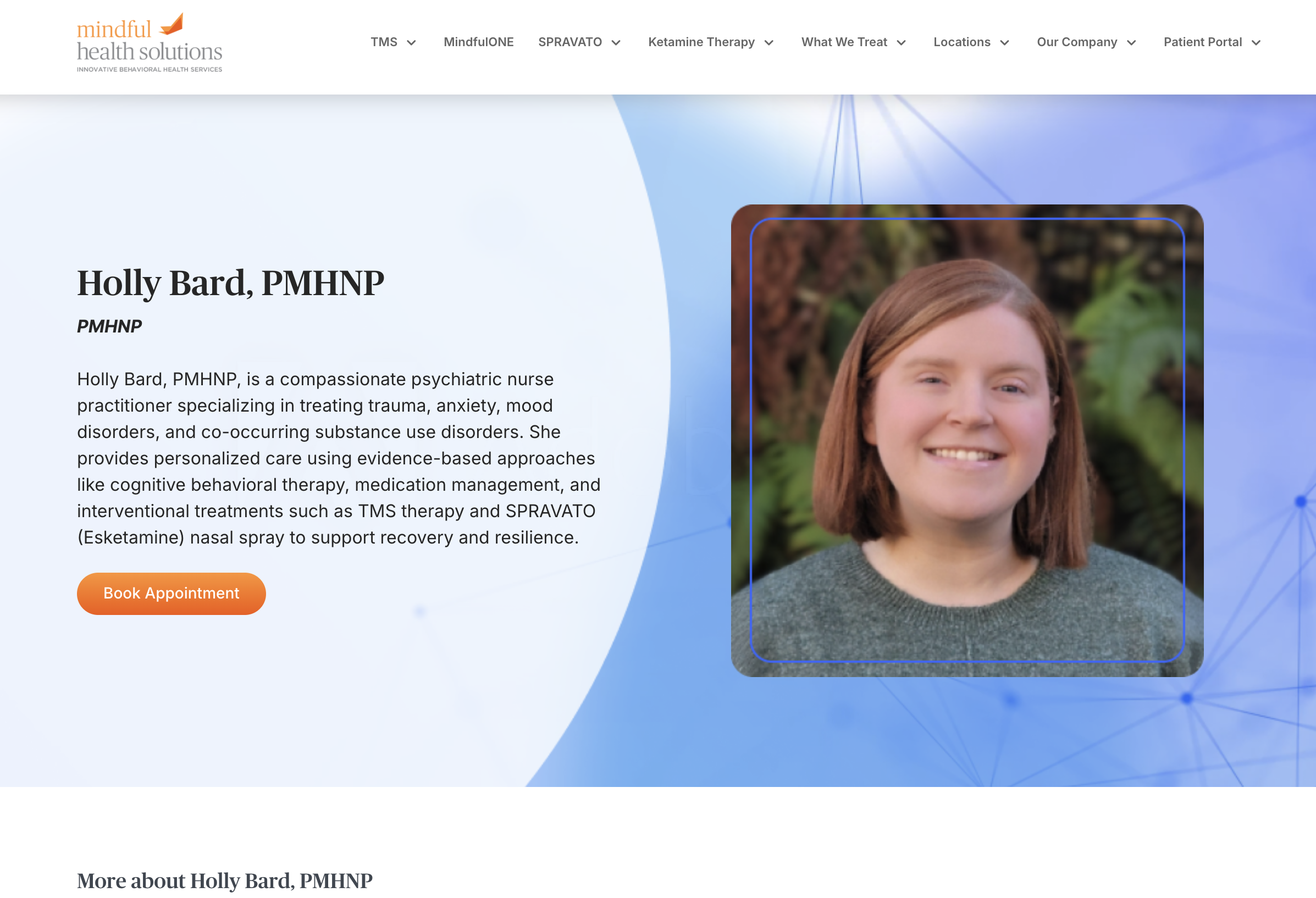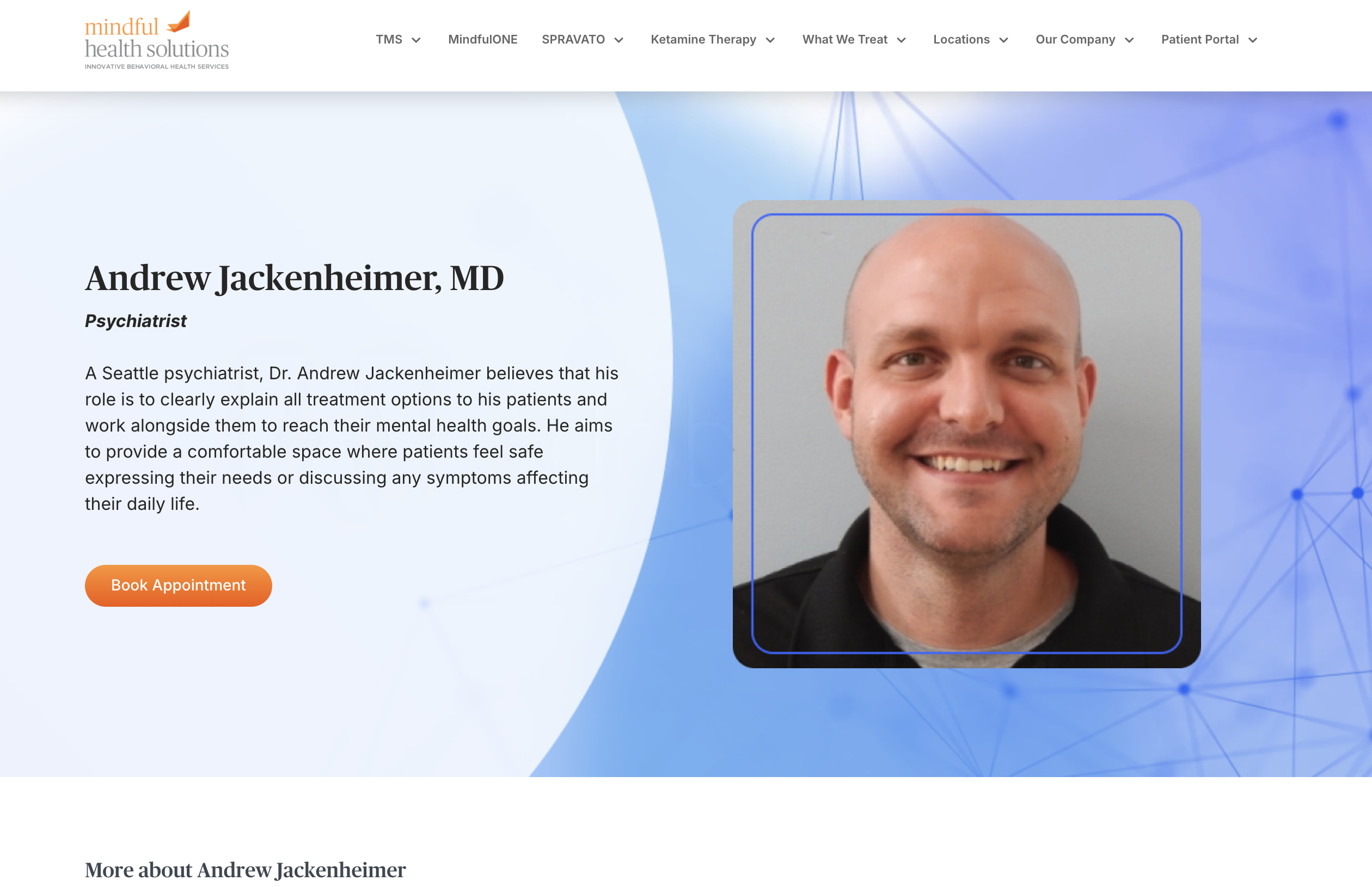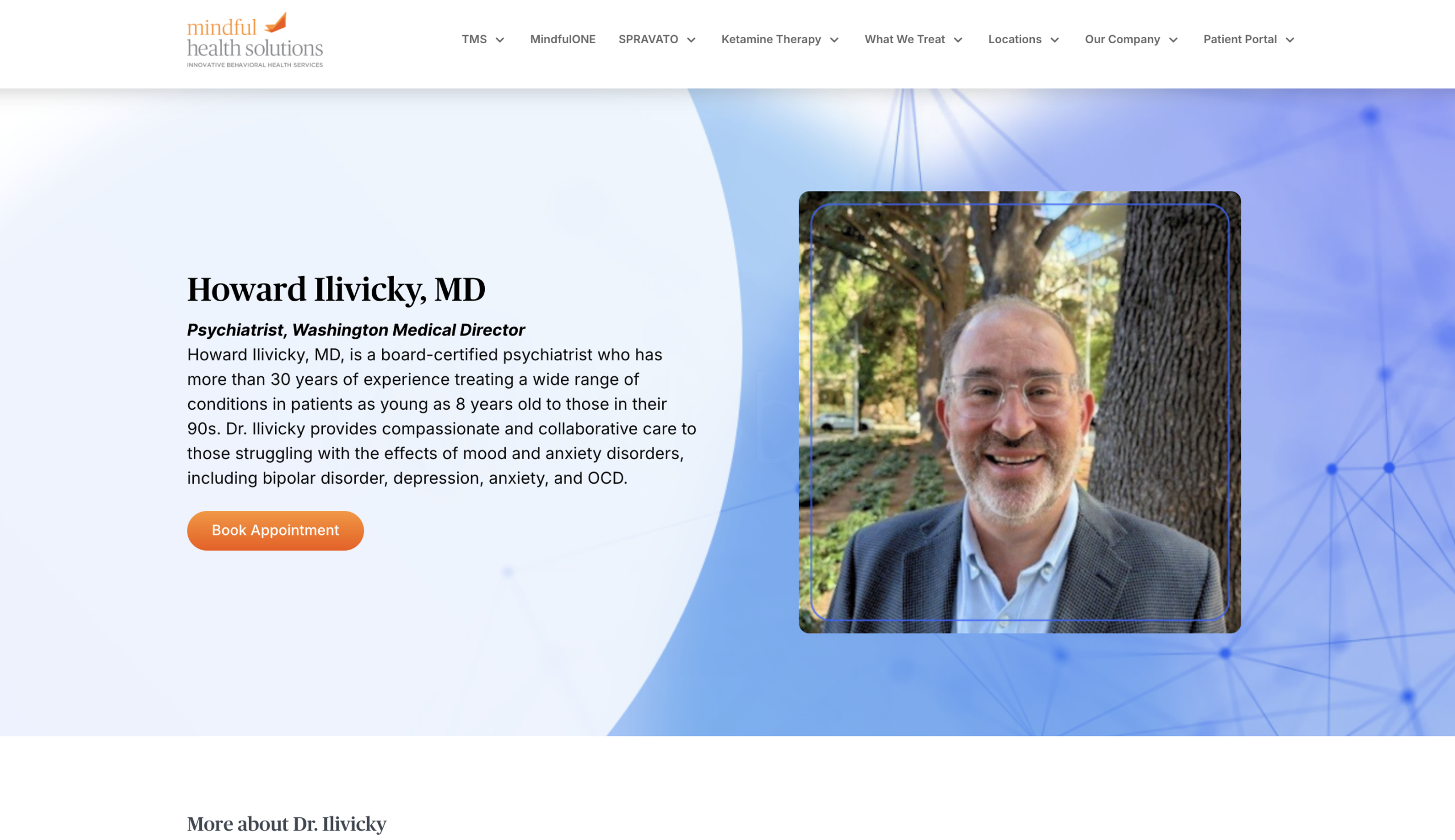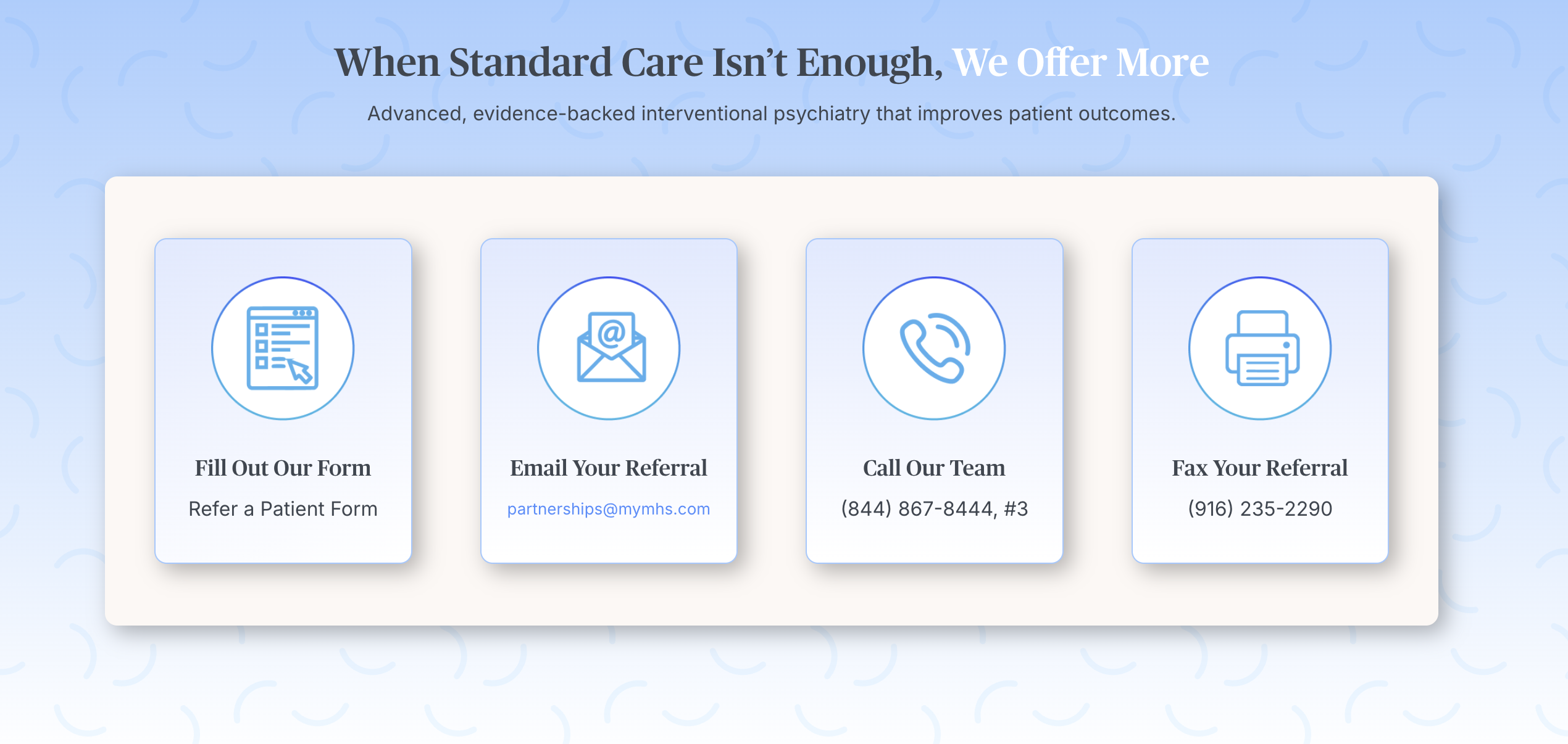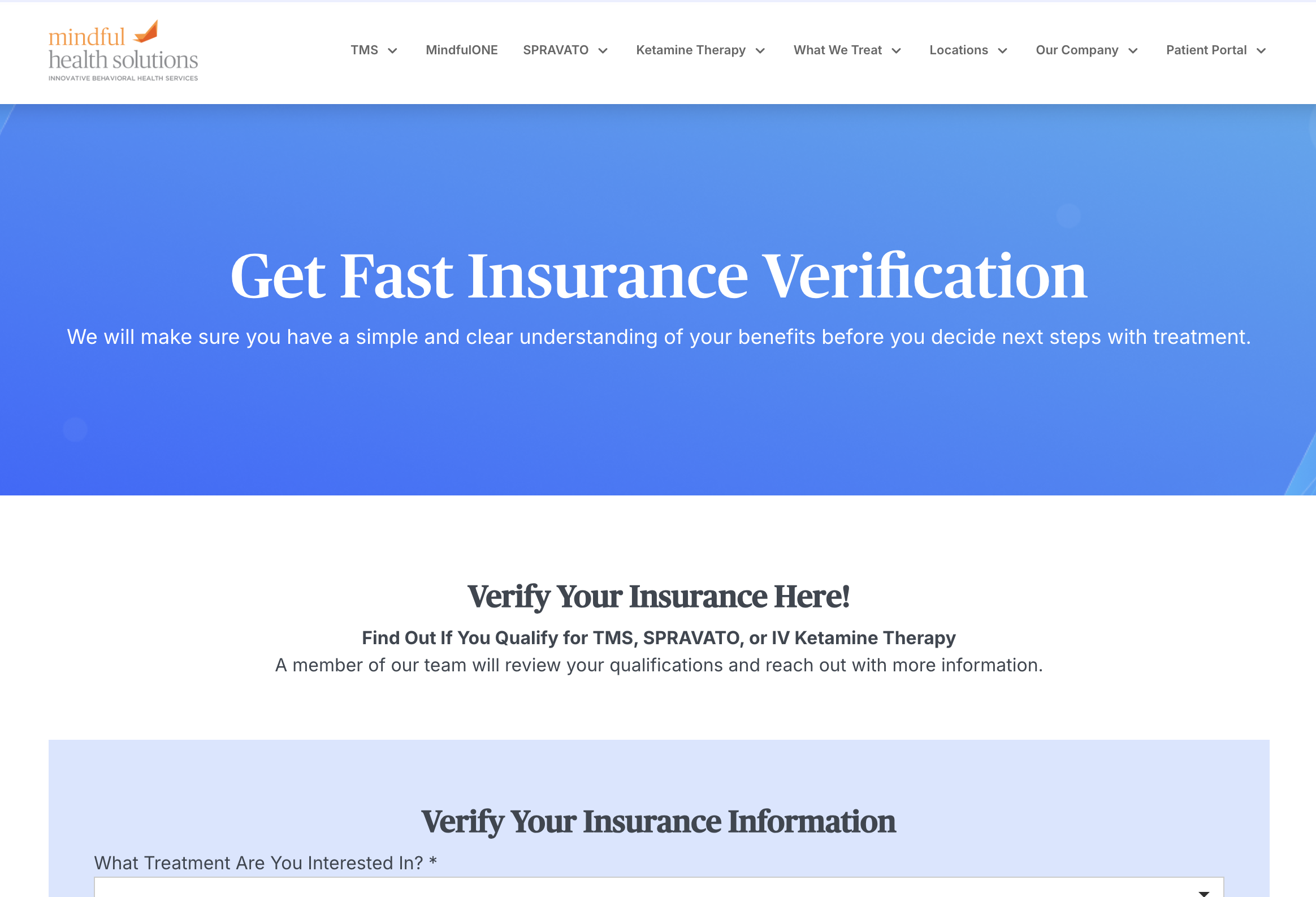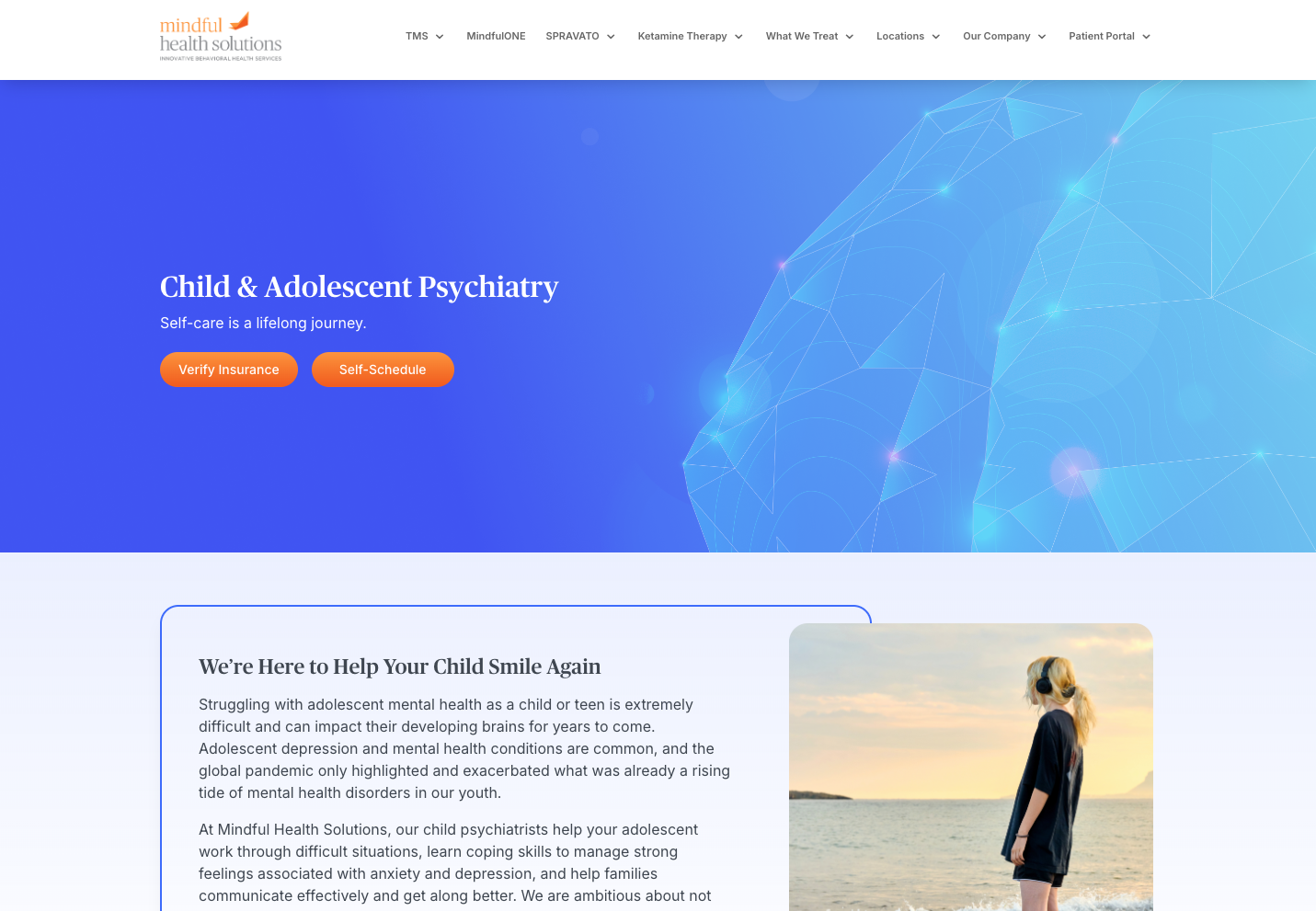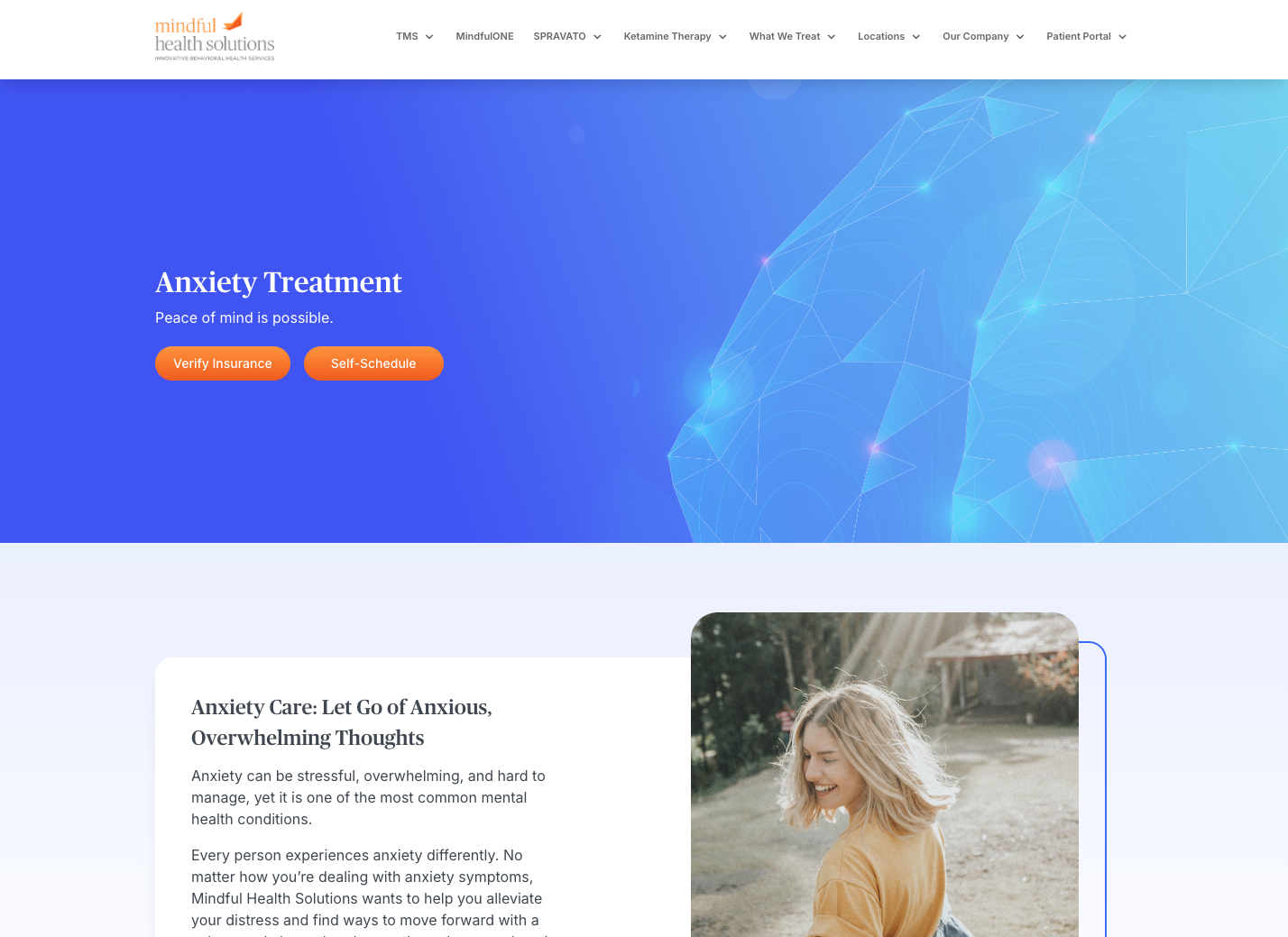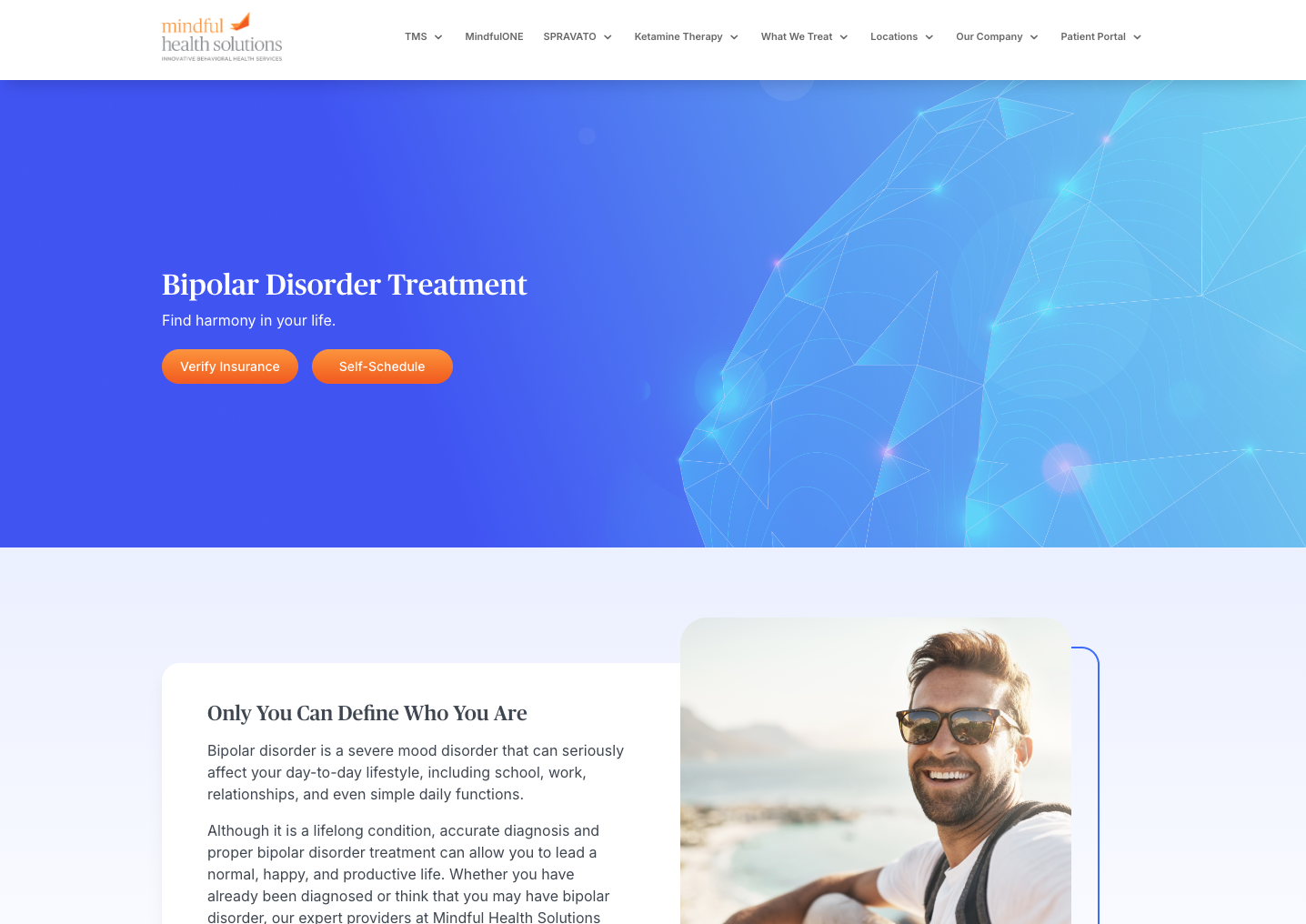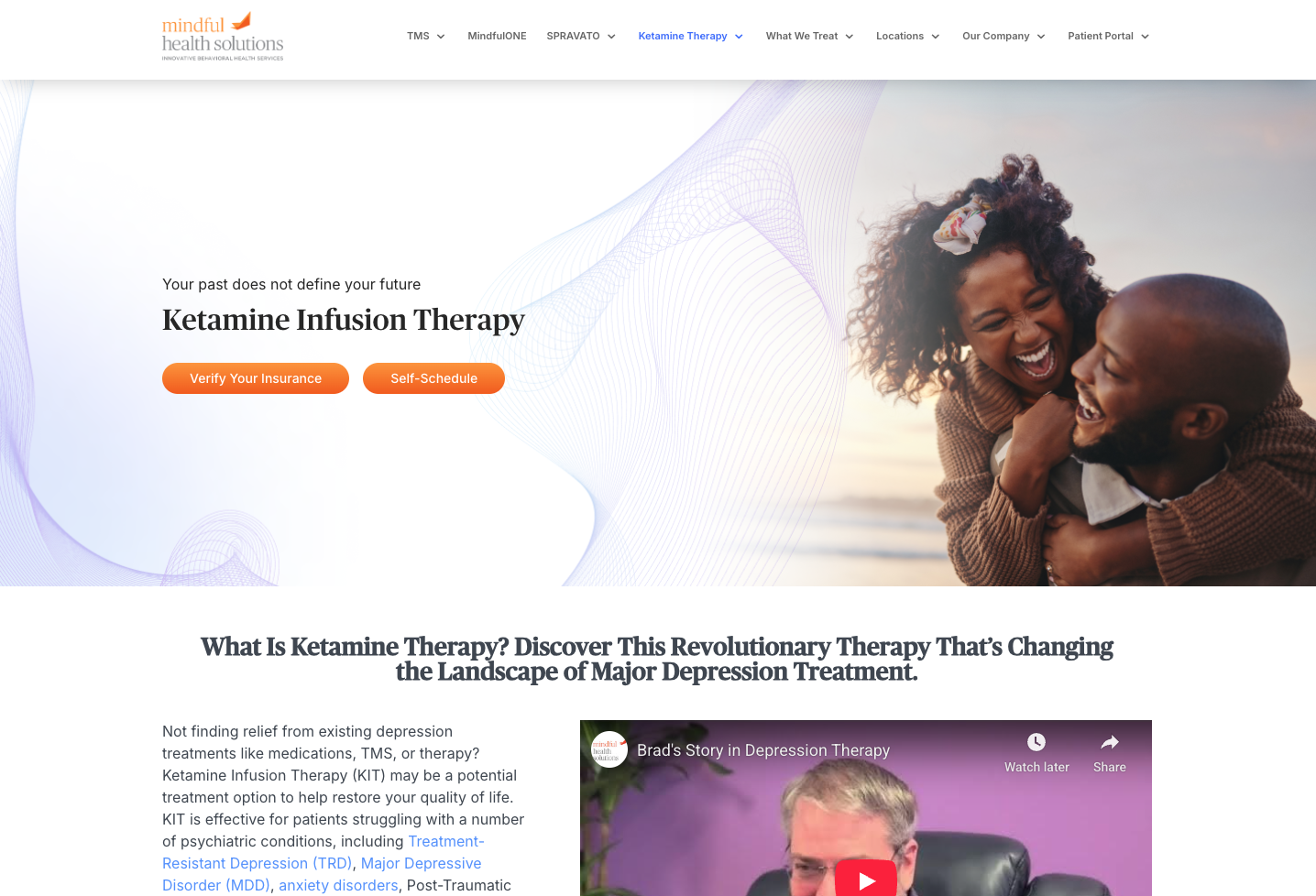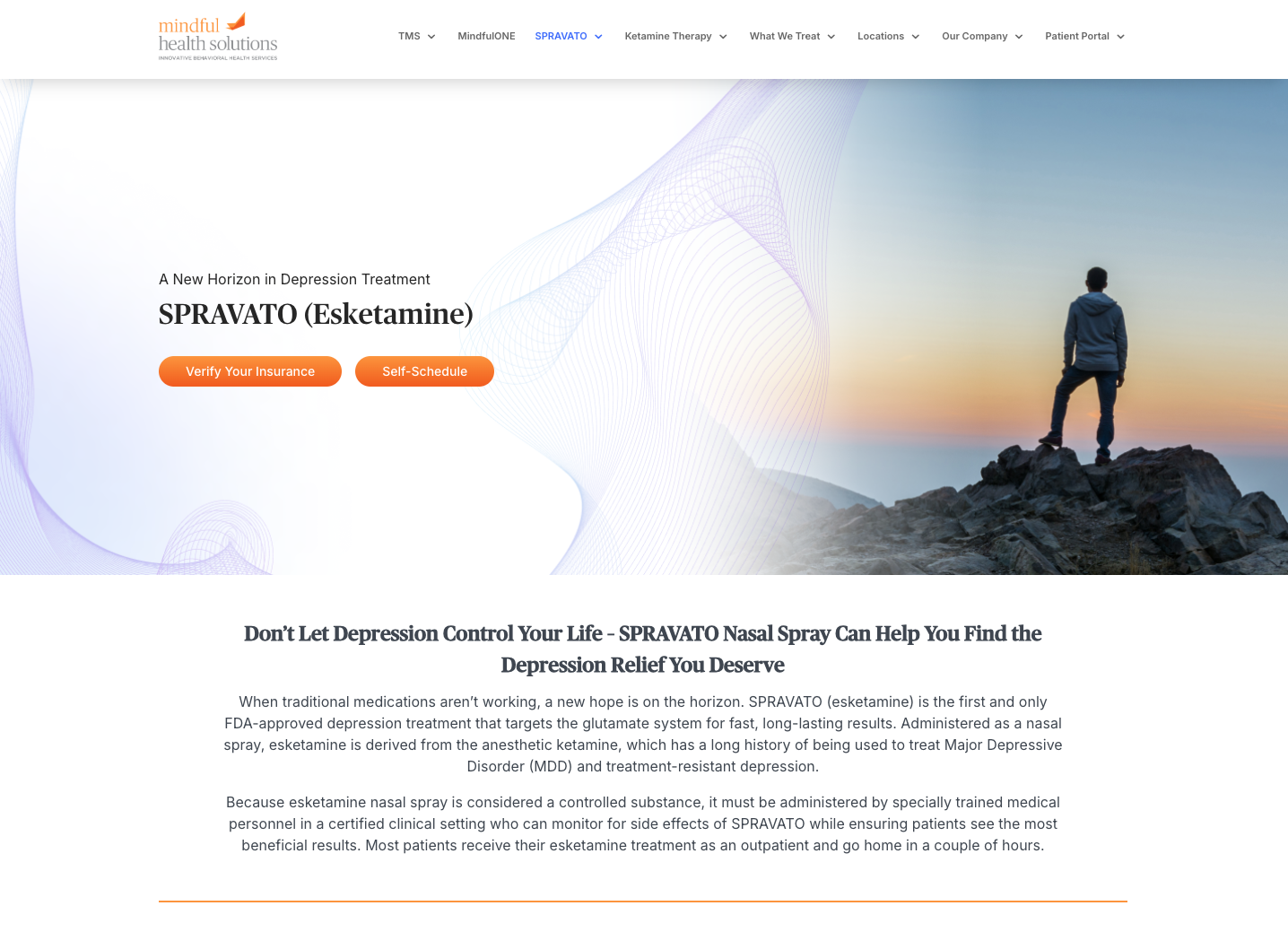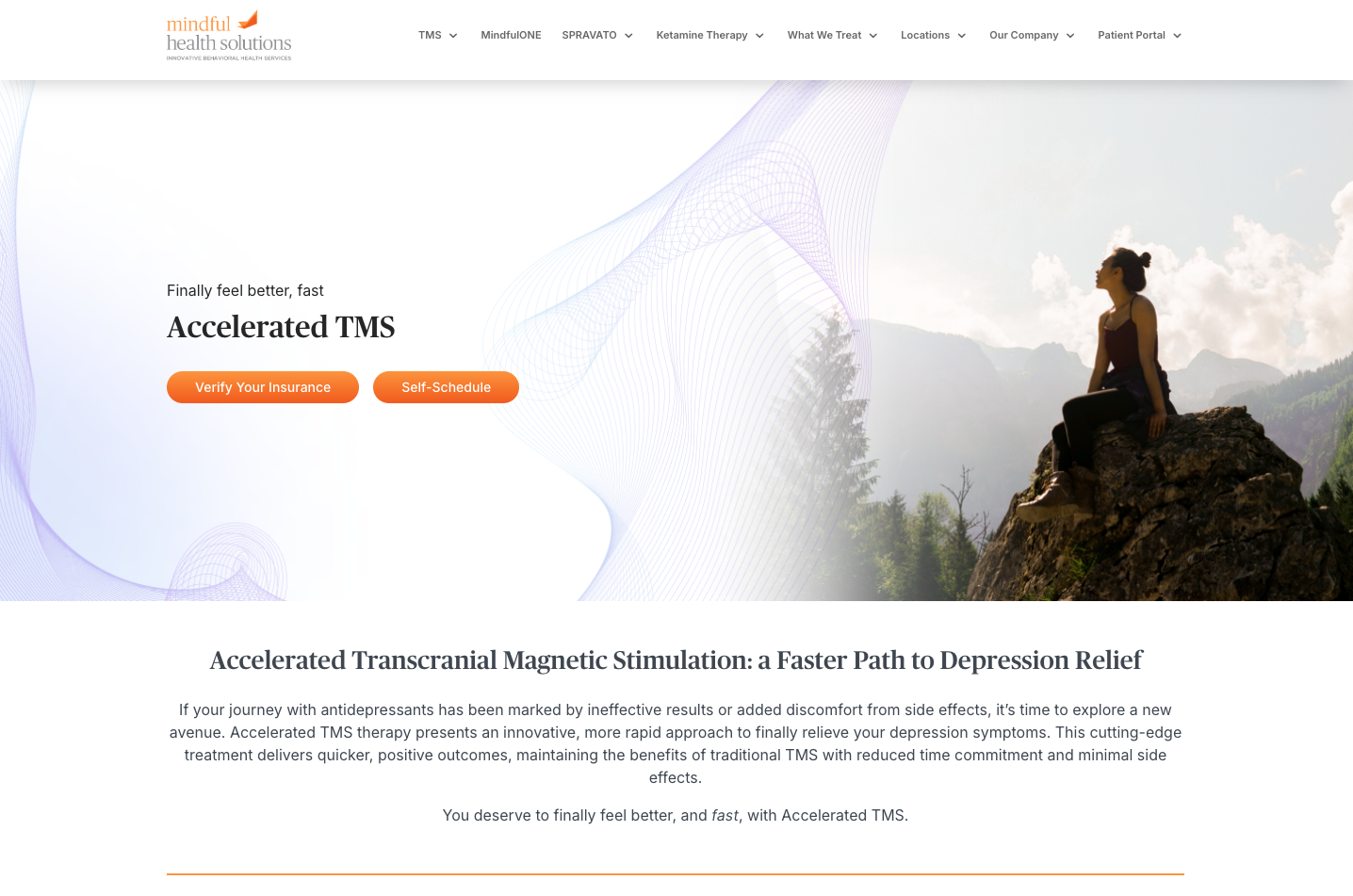The holiday season brings a unique blend of joy and stress, making mindfulness an essential tool for navigating this time of year. Between the flurry of festive preparations, social gatherings, and heightened expectations, it’s easy to feel overwhelmed. In this post, we’ll explore practical mindfulness practices that can help you find peace and enjoyment amid the holiday bustle.
Understanding Mindfulness
At its core, mindfulness is about being fully present in the moment and observing your experiences without judgment. This practice becomes particularly valuable during the holidays, a time often marked by a whirlwind of activities and emotions. By embracing mindfulness, you can reduce stress, improve your mood, and enhance your ability to enjoy the season’s festivities. Mindfulness isn’t about perfection; it’s about being more connected and responsive to life as it unfolds, especially during these festive but often hectic times.
Mindfulness Practices for Busy Schedules
Even amidst a packed holiday schedule, it’s possible to find moments for mindfulness:
- Mindful Walking: Transform ordinary activities like shopping or running errands into opportunities for mindfulness. As you walk, pay attention to the sensation of your feet touching the ground, the rhythm of your steps, and the sounds around you. This practice turns a simple activity into a chance to cultivate calm and presence.
- Meditative Pauses: In the midst of holiday activities, take brief pauses. Before entering a busy store or starting a holiday meal, stop for a moment to observe your surroundings. Notice the sights, sounds, and smells. This small pause can help center your mind and bring a sense of calm amidst the hustle.
- Breathing Techniques: Take a minute to focus on your breath. This simple act of breathing in for four counts, holding for four counts, and exhaling for four counts can be done anywhere at any time. It’s an anchor, bringing you back to the present moment and away from the chaos of holiday shopping or planning.
Check out these deep breathing techniques for better mental health.
Cultivating Gratitude and Joy
The holidays are an ideal time to cultivate gratitude and joy:
- Gratitude Journaling: Start or end each day by noting down three things you’re grateful for. These could be as simple as a favorite holiday song, a kind gesture from a stranger, or the comfort of a warm home. This practice can shift your focus from holiday stress to the abundance and blessings in your life.
- Sharing Gratitude: Make it a point to express gratitude to those around you, whether it’s thanking a coworker for their help or telling a family member you appreciate them. Expressing gratitude not only spreads joy but also reinforces your own feelings of thankfulness.
- Gratitude Reflections in Nature: Spend time in nature, whether it’s a brisk walk in a park or simply sitting in your garden. Reflect on the beauty and tranquility around you and acknowledge these moments as gifts of serenity amidst the holiday frenzy.
- Gratitude in Small Pleasures: Pay attention to the small pleasures of daily life during the holidays. This could be savoring a special meal, enjoying the twinkling holiday lights, or relishing a warm drink on a cold evening. Acknowledging these small joys can bring a profound sense of contentment and gratitude.
Navigating Family Dynamics Mindfully
Family gatherings can be a source of both joy and stress. To focus on and foster more on the joyful moments, you can practice these tips:
- Stay Present: During stressful interactions, concentrate on your breath. This helps you stay anchored in the present, enabling you to respond thoughtfully rather than reactively.
- Practice Active Listening: In conversations, focus on really hearing what others are saying without immediately planning your response. This practice can foster deeper understanding and reduce the likelihood of misunderstandings or conflicts.
- Use Mindful Communication: When expressing your thoughts and feelings, do so with mindfulness and clarity. Avoid accusatory language and instead use “I” statements that reflect your feelings rather than placing blame. This approach can help keep conversations calm and respectful.
- Set Boundaries: It’s okay to step away or politely decline a conversation that feels overwhelming. Respecting your own boundaries is crucial for maintaining peace of mind.
Learn how to set and maintain healthy boundaries.
Self-Care and Compassion During the Holidays
Self-care and self-compassion are vital during this busy time:
- Take Breaks: Even short breaks can be restorative. Find a quiet space to enjoy a cup of tea, or take a brief walk outside. These moments of solitude can help recharge your batteries.
- Practice Self-Compassion: The holidays don’t have to be perfect, and neither do you. If things don’t go as planned, treat yourself with the same kindness you would offer a good friend.
- Mindful Relaxation Techniques: Engage in activities that promote relaxation, such as deep breathing exercises, gentle stretching, or listening to calming music. These practices can help reduce stress and maintain a sense of inner calm.
- Nurture Your Interests: Dedicate time to activities you enjoy, whether it’s reading, crafting, or watching your favorite movies. Engaging in hobbies can provide a joyful escape from the hustle and bustle of the holiday season.
Seeking Professional Mental Health Support
If the holiday season becomes overwhelming, it’s important to recognize when it might be time to seek professional mental health support. Symptoms like prolonged sadness, excessive worry, or feelings of hopelessness are signs that professional help may be beneficial. Reaching out for support is a sign of strength and self-care. We here at Mindful Health Solutions can help you navigate these challenges.
Mindfulness can transform your holiday experience, helping you navigate the season with more peace, joy, and presence. By practicing mindfulness, you’re not just surviving the holiday season; you’re fully experiencing and enjoying each moment. As you prepare for the holidays, remember that the greatest gift you can offer yourself and your loved ones is your mindful presence.
If you find yourself needing support during the holidays or beyond, remember that we’re here to help. Our team at Mindful Health Solutions offers compassionate and professional mental health services to guide you through these times. Don’t hesitate to reach out to us at (844) 867-8444. May your holidays be filled with mindful moments and joyful memories!
